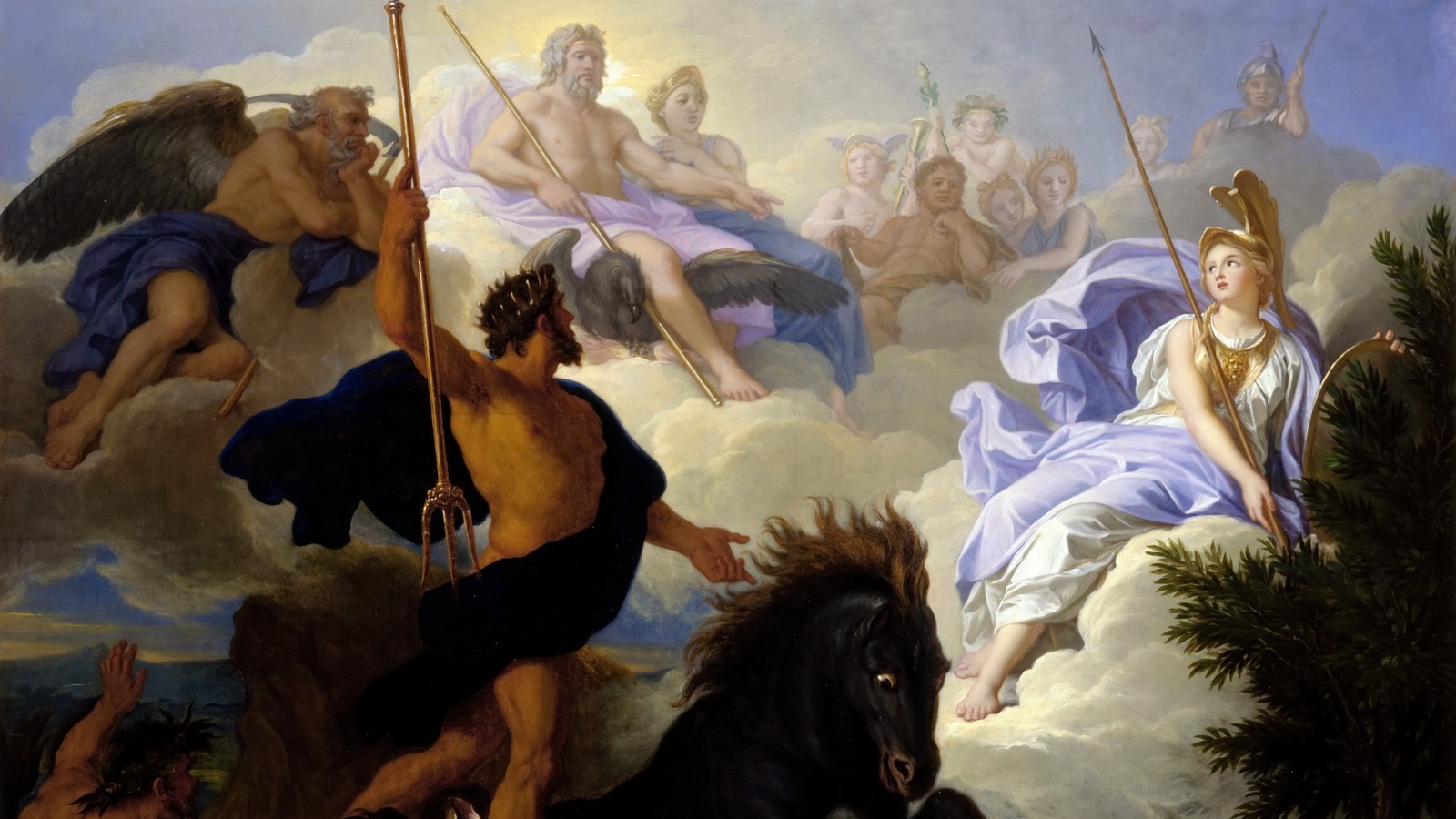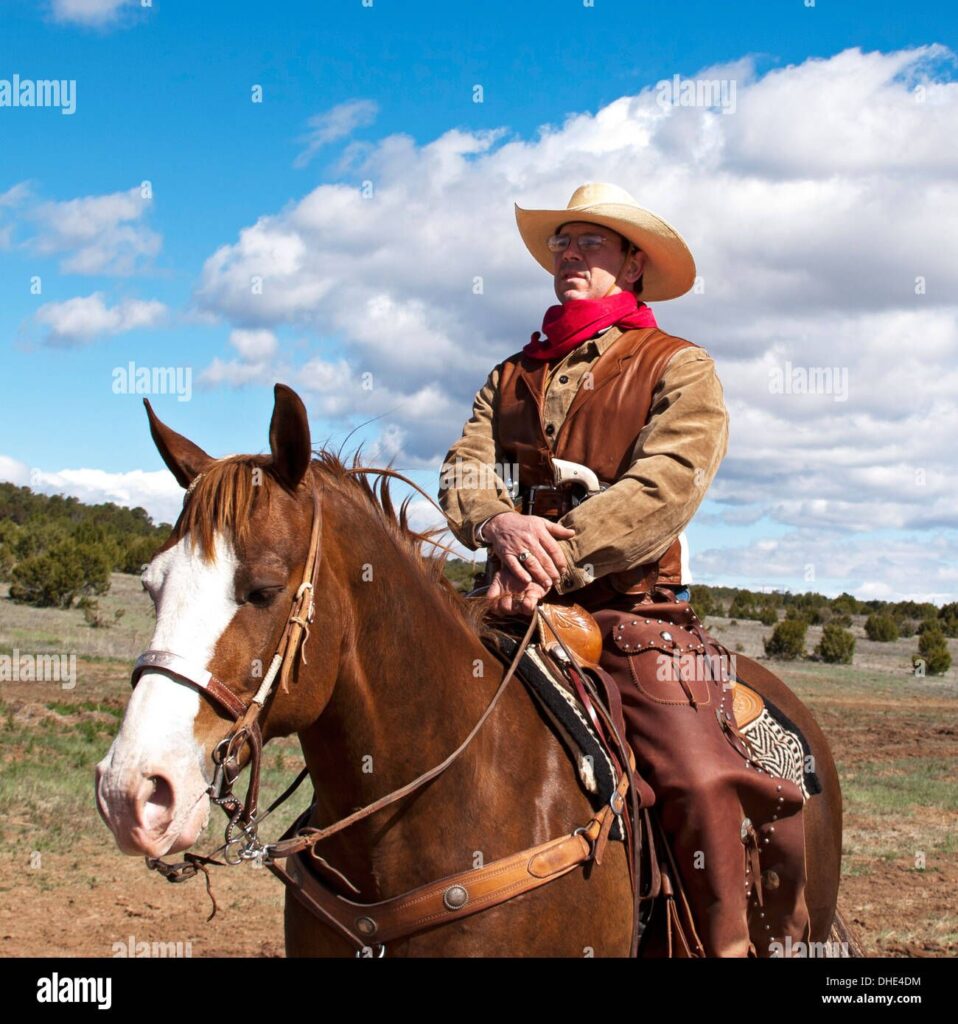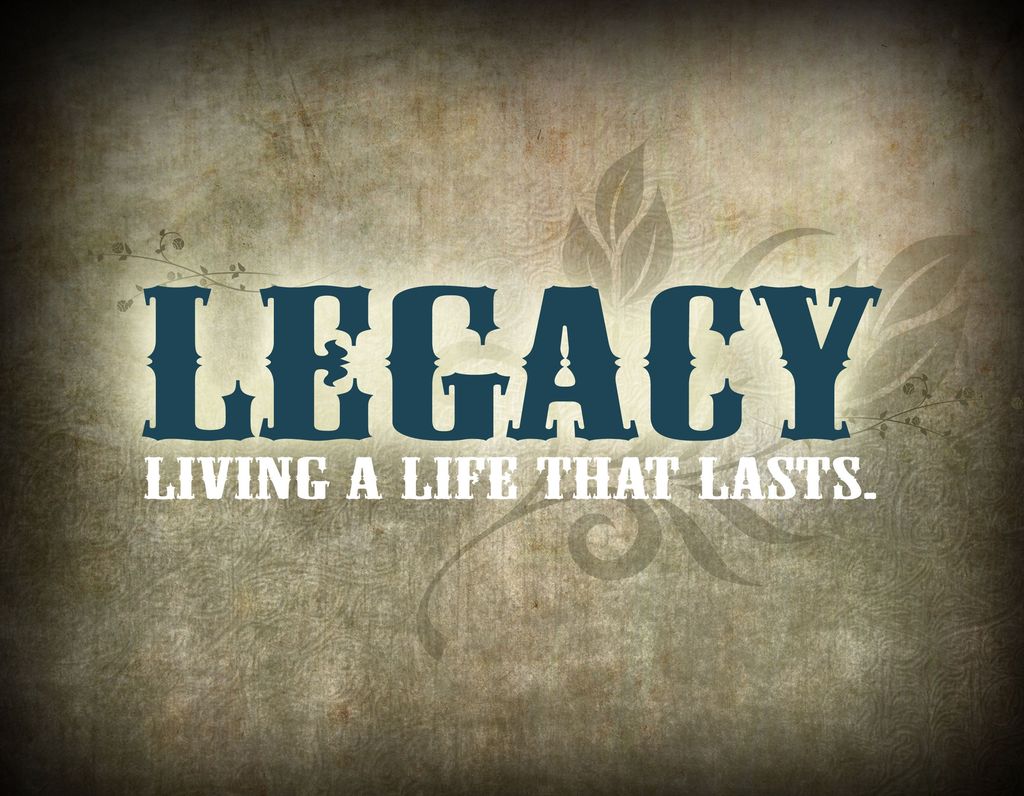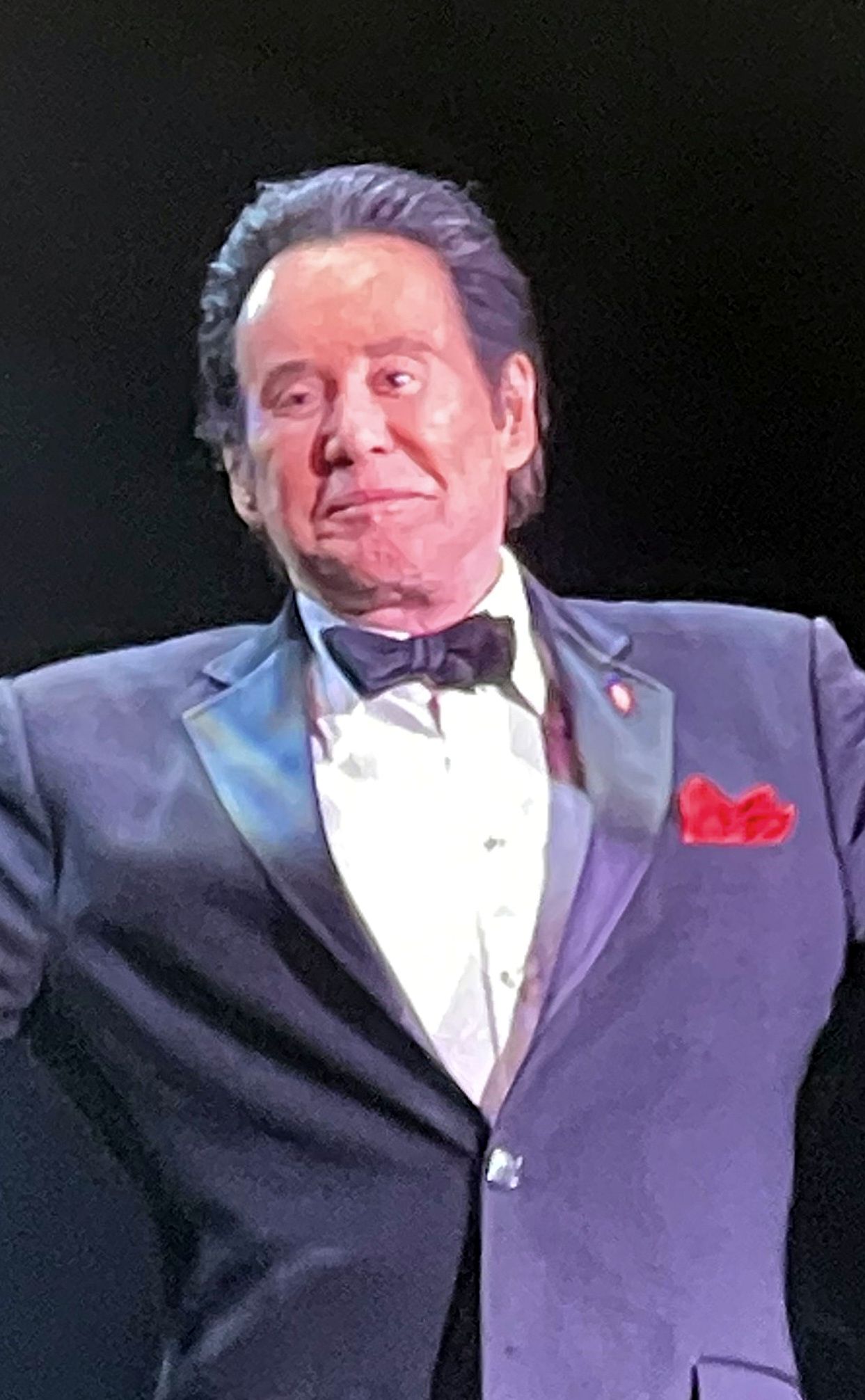
John Wayne, affectionately known as “The Duke,” carved an indelible mark on cinematic history, becoming synonymous with the American Western. His towering presence, distinctive drawl, and unwavering portrayal of stoic heroes defined an era of filmmaking. Over a career spanning five decades, Wayne graced the screen in nearly 200 films and television appearances, establishing himself as an undisputed superstar whose name alone drew audiences to theaters.
While his filmography is replete with Oscar-worthy features, it also includes projects that didn’t always reach the same level of praise. Yet, even in his later years, as his star began to subtly recede, Wayne’s dedication to his craft and unique vision for storytelling remained strong. This commitment often led to deeply personal projects, some offering rare glimpses into the man behind the legend, particularly as he approached the twilight of his illustrious career.
It is in these later works, especially in the 1970s, that we find John Wayne navigating new cinematic territory, grappling with the changing landscape of Hollywood, and bringing profound intensity to his roles. His final Westerns, in particular, stand as testaments to his enduring spirit and his desire to shape his legacy on his own terms. Let’s delve into some defining moments and unique conditions that characterized his twilight years on the silver screen.

1. Big Jake: A True Family Affair On and Off Screen
The early 1970s brought forth *Big Jake*, a film that held a special place in John Wayne’s later career. Released in 1971, this Western was a deeply personal endeavor, truly a family affair, both in front of and behind the camera. It stands out as a rare instance where the Duke actively brought his loved ones into the cinematic fold, making it a unique production in his filmography.
The film prominently featured John Wayne with two of his sons. Patrick Wayne, his second son, had already built a considerable resume alongside his father, appearing in nearly a dozen pictures. This collaboration fostered visible on-screen chemistry. Patrick played James McCandles, one of the sons forced into a perilous journey with his father, joined by Christopher Mitchum as the other son.
A unique highlight was the on-screen debut of John Wayne’s youngest real-life son, John Ethan Wayne. Credited as “Ethan Wayne,” he took on the role of Jake’s kidnapped grandson, “Little Jake.” This marked a significant first, uniting three generations on screen. Furthermore, Wayne’s eldest son, Michael A. Wayne, produced *Big Jake*, ensuring the production was thoroughly imbued with the family’s influence.

2. Big Jake: A Shift in Tone and Its Violent Reception
While *Big Jake* was a family affair, its cinematic product was far from “family-friendly.” It proved a notable turning point for John Wayne’s 1970s career, marking a distinct shift in the Westerns he made. The film garnered significant criticism for its expressive and unsettling use of violence – a trait not previously a hallmark of the Duke’s roles, challenging audience expectations.
John Wayne, revered for heroic and morally upright characters, was not typically associated with grisly displays of force. The film’s narrative, driven by a brutal kidnapping and relentless pursuit, allowed for a more visceral and uncompromising depiction of frontier justice than common in his earlier Westerns. This raw edge was a deliberate choice, pushing the boundaries of a “John Wayne movie.”
The critical response to *Big Jake*’s violence served as a precursor to a trend continuing in Wayne’s subsequent work. *The Cowboys*, released the next year, escalated on-screen brutality further, famously depicting the shocking death of Wayne’s lead character. *Big Jake* thus primed audiences for this darker, more realistic portrayal of the Old West, demonstrating Wayne’s commitment to remaining relevant in a rapidly evolving industry.

3. The Shootist: John Wayne’s Poignant Farewell to the Big Screen
Following earlier collaborations, John Wayne embarked on what would become his poignant and iconic final cinematic appearance: *The Shootist*. Released in 1976, this film stands as a monumental capstone to a career that began in 1926, concluding a remarkable 50-year journey on the silver screen. It was a carefully chosen, deeply personal send-off for the legendary actor, not just another role.
Unlike *Big Jake*, produced by his Batjac Productions, *The Shootist* was made entirely independently. This allowed for a different focus, placing emphasis squarely on Wayne’s performance as J.B. Books, a dying gunfighter. It underscored a transition away from the “family business” model, allowing Wayne to embody a character that resonated profoundly with his own mortality.
While his children were not involved, Wayne did bring a familiar “family” member to the set: his trusted steed, Dollor. This beloved sorrel Quarter Horse had been his companion in several films. Dollor’s presence provided subtle, comforting continuity. The film’s elegiac narrative allowed Wayne to portray a character facing his own end, reflecting the closing chapter of his own legendary run, creating a powerful, unforgettable experience.

4. Filming The Shootist: John Wayne’s Battle Against Illness
The production of *The Shootist* was an arduous personal battle for John Wayne, who faced significant health challenges. By 1976, Wayne was 68, his physical resilience waning. His struggles on set were a stark reminder of his mortality, yet his determination to complete the film was unyielding, a testament to his sheer will.
Wayne, a heavy smoker, underwent surgery in 1964 to remove his left lung due to cancer. While clinically cancer-free until 1979, lingering effects and viral pneumonia profoundly impacted his stamina. He even missed *Rooster Cogburn* promotions due to illness, a worrying sign, alongside hidden worsening heart problems.
Despite severe health concerns, Wayne was “hellbent to keep working.” As Scott Eyman recounts, Wayne stated, “I’m very conscious that now I know more dead people than live ones. But I don’t try to live back there. I try to live in tomorrow.” This spirit propelled him back, despite immense physical demands like struggling to breathe at Carson City’s high altitude, completing filming without further significant medical issues.

5. Thematic Depth of The Shootist: A Gunfighter’s Chosen End
*The Shootist* masterfully weaves an elegiac Western narrative, a profound meditation on mortality, freedom, and the legacy of a life lived by the gun. Directed by Don Siegel, the film introduces J.B. Books, a renowned gunfighter, who arrives in Carson City in 1901. His grim purpose: to visit Dr. Hostetler, who confirms Books’ terminal cancer diagnosis, giving him mere weeks to live, setting the stage for a story about how a man chooses his end.
Books’ reaction to his prognosis explores themes of agency and dignity. Suicide is presented as an option, as Books prefers to avoid prolonged, painful decline. However, the narrative shifts, as Books instead orchestrates a final, climactic confrontation, gathering remnants of his bloody past to meet him on his birthday, taking control of his destiny.
Central to the film’s thematic depth is the evolving relationship between J.B. Books and Gillom Rogers, the local boy attached to the aging gunfighter. As a bond forms, Books mentors Gillom, teaching him how to shoot. This dynamic offers a poignant exploration of legacy, the passing of a torch, and the influence an old legend can have on the next generation, with Books ultimately approving Gillom’s rejection of violence.
6. John Wayne’s Hands-On Influence on The Shootist’s Script and Cast
John Wayne exerted considerable control over *The Shootist*, ensuring his final cinematic statement aligned perfectly with his vision and screen persona. His contract explicitly granted him script approval, a power he actively utilized to shape the narrative, refine dialogue, and alter key plot points. This hands-on approach reflects his deep commitment and understanding of his iconic image.
One significant script alteration involved relocating the story from El Paso to Carson City. More crucially, he made fundamental changes to the film’s climactic ending. In the original, J.B. Books killed his last opponent by shooting him in the back and was then killed by Gillom. Wayne staunchly refused this depiction, maintaining “he had never shot an adversary in the back and would not do so now.”
He further objected to his character being killed by Gillom, suggesting the bartender deliver the fatal shot, asserting that “no one could ever take John Wayne in a fair fight.” Beyond the script, Wayne also played a pivotal role in casting, hand-picking friends like Lauren Bacall, James Stewart, Richard Boone, and John Carradine. This ensemble enhanced the film’s gravitas, reflecting the depth of his industry relationships.

7. John Wayne’s “Least Favorite” Film: *Cahill, U.S. Marshal
While John Wayne’s filmography is largely celebrated, even for its lesser-known entries, there’s one film he publicly admitted to disliking: *Cahill, U.S. Marshal*. Released in 1973, toward the latter end of his career when his star, in his own words, was “unmistakably fading,” this Western holds a unique and somewhat unfortunate place in the Duke’s repertoire. It stands out not for its critical acclaim, but for the Hollywood icon’s candid disappointment with the final product.
At its core, *Cahill, U.S. Marshal* presented a narrative deeply resonant with Wayne’s own life. He played a widower, U.S. Marshal Cahill, a man who, much like Wayne himself, put his work above his family life. The plot revolved around Cahill’s two young sons, aged 10 and 17, who, feeling neglected by their lawman father, turn to lawlessness in a desperate bid to capture his attention. This exploration of an absentee father grappling with the guilt of his career choices was, as James S Olson and Randy Roberts confirmed in *John Wayne: American*, practically autobiographical for the actor, likely influencing his decision to take on the role.
Despite the poignant thematic potential, Wayne’s primary critiques centered on the film’s rushed production and subpar script. He publicly conceded, “We rushed that picture, and it shows. We should have had a better script.” The actor found himself in an unusually meager role for a star of his magnitude, with the focus shifting heavily to the two boys playing his sons. George Kennedy, who portrayed the antagonist in the film, echoed Wayne’s sentiments, remarking that Wayne “really had nothing much to do in the film” and that “the writing wasn’t good enough to make anyone care too much about them.”
Wayne’s high expectations for *Cahill, U.S. Marshal* stemmed directly from its personal resonance. In *Film Heritage* in 1975, he reiterated that the movie “wasn’t a well-done picture” and “needed better writing.” The film’s premise, a story of a man prioritizing work over family, clearly struck a chord with Wayne, who openly stated, “I know what that’s like.” This profound connection to the material made the film’s failure to live up to its potential a particularly bitter pill for the legendary actor, highlighting his desire for meaningful storytelling even in less successful projects.

8. The Myth of John Wayne’s Lost Western: *The Oregon Trail
Among John Wayne’s extensive filmography, a truly rare and almost mythical entry exists: *The Oregon Trail*, a Western made in 1936 that is now considered a lost film. In the early days of cinema, preservation was rarely a priority, and vast swathes of motion picture history simply disappeared. For an actor who made well over 150 features, it’s quite remarkable that only two, and possibly just one, of his films have vanished into the ether, making this particular Western a treasure that many film enthusiasts desperately seek.
*The Oregon Trail* casts Wayne as retired army captain John Delmont, a role that foreshadowed the kind of stoic, heroic characters he would become famous for. The plot centers on Delmont’s quest to avenge his father’s death, a journey sparked by hidden family revelations discovered in his old man’s journal. Along the way, he forges a romantic connection with Ann Rutherford’s Anne Ridgeley. While Wayne wasn’t yet the towering star he would become a couple of years later with John Ford’s *Stagecoach*, this early role provides a fascinating glimpse into the nascent stages of his iconic screen persona.
What makes *The Oregon Trail* so compelling is not its artistic merit, which by most accounts would likely have been an unremarkable B-Western, but its mysterious disappearance. The film did screen in cinemas upon its release, but after that, its whereabouts became unknown. For decades, the only tangible proof of its existence has been a collection of still photographs. A significant breakthrough occurred when Kent Sperring accidentally discovered the negative for the lost film while purchasing Wayne merchandise online, igniting his decades-long global quest to find a print.
Sperring’s dedicated search has taken him across continents, chasing every possible lead to unearth this fabled flick. As he shared with the BBC, “I looked all over the world for it. It is one of the treasures that everybody wants.” The hope remains that, like other films once thought lost but later rediscovered, *The Oregon Trail* might one day resurface. Until then, it stands as John Wayne’s solitary contribution to the Western genre that, for now, remains unseen by anyone, a testament to the fragile nature of early cinematic heritage and the enduring mystique of the Duke.

9. Batjac Productions: Wayne’s Cinematic Powerhouse
Beyond his iconic performances, John Wayne was also a savvy businessman and a formidable force behind the camera, primarily through his production company, Batjac Productions. Established in the 1950s, Batjac was more than just a business venture; it was Wayne’s creative crucible, giving him unparalleled control over many of his projects. This self-owned enterprise continued to produce films through the mid-1970s, playing a critical role in shaping the trajectory and thematic content of some of his most significant works, including *Big Jake*.
Batjac Productions became “responsible for a host of Westerns over the years,” allowing Wayne to explore various narratives and collaborate with filmmakers and actors he trusted. This level of creative autonomy was rare for a star of his magnitude and demonstrates his deep commitment to the art of filmmaking. It wasn’t merely about starring in movies; it was about molding them from conception to screen, ensuring they aligned with his vision and values, even if some, like *The Conqueror*, later became infamous.
A significant element of Batjac’s operations was the integral involvement of Wayne’s eldest son, Michael A. Wayne. While Michael had a few on-screen roles early in his career, including *The Quiet Man* and *The Conqueror*, he primarily preferred working behind the scenes. He began as an associate producer on *The Alamo* before ascending to a full-fledged producer for *McLintok!* and subsequently for a good number of his father’s later films, including *Chisum*, *Cahill U.S. Marshal*, and *Brannigan*.
Michael Wayne’s contributions extended beyond production roles; he also produced Batjac’s final film, *McQ*, which starred his father as a Seattle detective. This consistent collaboration highlights the profound “Wayne family’s influence” throughout Batjac’s productions. The company wasn’t just a vehicle for John Wayne’s star power; it was a deeply personal enterprise that allowed him to maintain creative integrity and familial connection, leaving an indelible mark on his cinematic legacy and showcasing his enduring prowess as an industry leader.

10. Dollor: The Duke’s Loyal Companion
Among the many recurring elements in John Wayne’s storied career, few are as consistently present and beloved as his trusted steed, Dollor. This magnificent sorrel Quarter Horse gelding was far more than just a prop; he was a silent, steadfast “family” member on set, providing a comforting sense of continuity and familiarity across many of the Duke’s most iconic films. His presence in *The Shootist* as Wayne’s final cinematic companion, even when the human “family” was not involved, speaks volumes about the special bond between man and horse.
Dollor’s illustrious career alongside John Wayne spanned several of the Duke’s major Westerns and other adventure films. He was the loyal partner in movies such as *Big Jake*, *The Cowboys*, *True Grit*, *Rooster Cogburn*, *Chisum*, and *The Train Robbers*. This extensive list underscores the horse’s reliability and Wayne’s clear preference for working with this particular animal. Dollor became an extension of Wayne’s screen persona, embodying the rugged independence and steadfast companionship often seen in his characters.
The deep bond Wayne shared with Dollor was not left to chance; it was a meticulously arranged professional partnership. Wayne had negotiated exclusive movie rights to Dollor with the horse’s owner, Dick Webb Movie Productions. This unique agreement ensured that Dollor would be available for Wayne’s films, a testament to the Duke’s insistence on working with his favorite animal. It speaks to a level of detail and personal preference that went beyond typical production logistics, highlighting how invested Wayne was in every aspect of his on-screen portrayal.
Further cementing Dollor’s significance, Wayne frequently requested script changes specifically “enabling him to mention Dollor’s name several times” within his films. This small but telling detail showcases not only his affection for the horse but also his understanding of how such continuity added authenticity and warmth to his characters. Dollor was truly an integral part of the John Wayne cinematic universe, a loyal companion who rode alongside the legend through many an epic journey, symbolizing constancy and unwavering loyalty to audiences for decades.

11. The Enduring Critical Acclaim for *The Shootist*
While *The Shootist* holds a profound place in cinematic history as John Wayne’s final film, its legacy extends far beyond its poignant narrative. Upon its release, it was a “modest success” at the box office, grossing over $13 million domestically, but it truly distinguished itself through widespread critical acclaim. This critical reception underscored the film’s artistic merit, confirming it as a fitting, and indeed lauded, farewell for one of Hollywood’s most enduring stars.
The film garnered significant recognition from prestigious bodies, being named one of the Ten Best Films of 1976 by the National Board of Review, a distinguished honor that placed it alongside critically acclaimed features like *Rocky*, *All the President’s Men*, and *Network*. Renowned film critic Roger Ebert of the *Chicago Sun-Times* further solidified its standing by ranking *The Shootist* number 10 on his own list of the ten best films of 1976, showcasing its resonance with leading voices in film criticism.
*The Shootist* also received notable industry recognition through various award nominations. It was nominated for an Academy Award for Best Art Direction (now known as Best Production Design), a BAFTA Film Award for Best Actress for Lauren Bacall’s powerful performance, and a Golden Globe Award for Best Supporting Actor for Ron Howard. Furthermore, it received a Writers Guild of America award nomination, confirming the strength of its adapted screenplay. With an impressive “81% positive rating on Rotten Tomatoes,” the film’s critical consensus reflects its enduring quality and impact.
Even decades later, *The Shootist* continues to be a subject of critical discussion and appreciation. Filmmaker Quentin Tarantino, in 2020, offered a concise yet profound assessment: “There’s nothing in ‘The Shootist’ you haven’t seen done many times before and done better… but what you haven’t seen before is a dying John Wayne give his last performance.” This perspective highlights the unique, almost meta-cinematic power of Wayne’s final portrayal, elevating the film beyond its genre conventions through the sheer weight of his presence and the circumstances of his real-life battle with illness.
Its enduring critical standing was further cemented in 2008 when the American Film Institute nominated *The Shootist* for its prestigious Top 10 Western Films list. This nomination, alongside its earlier accolades, solidifies its place not just as a significant final chapter for a legend, but as a compelling and artistically rich Western in its own right, continually praised for its thematic depth, performances, and historical significance within the genre.
Read more about: From Grit to Glory: John Wayne’s 11 Western Masterpieces That Defined a Legend

12. John Wayne’s Undoubted Superstardom: A Legacy Beyond the Screen
John Wayne, affectionately known as “The Duke,” was an unrivaled titan of Hollywood, a true “undoubted superstar” whose name alone possessed the power to draw audiences to theaters for five decades. With “close to 200 on screen appearances on film and television,” his sheer output and consistent presence on the silver screen established a legacy that transcended mere acting. He didn’t just play iconic characters; he became an icon himself, embodying a particular vision of American strength and resolve that resonated deeply with the public.
His career, while punctuated by Oscar-worthy triumphs like *True Grit*, also included films that didn’t always reach the same critical heights. Yet, even in projects that were less celebrated, Wayne’s commitment to his craft and his unique screen presence remained unwavering. This consistency, coupled with his willingness to embrace challenging roles and personal projects, solidified his status as a cinematic legend whose influence extended far beyond the box office figures of individual films.
In his later years, as he grappled with profound health challenges and a rapidly changing industry, Wayne’s determination to continue working was a testament to his indomitable spirit. As Scott Eyman recounts, Wayne was “hellbent to keep working,” driven by a desire to live in “tomorrow” rather than dwelling on the past. This tenacity, particularly evident during the arduous production of *The Shootist*, showcased a profound dedication that mirrored the unyielding nature of many of his most memorable characters.
John Wayne’s legacy is a rich tapestry woven from familial collaborations, as seen in *Big Jake*, deeply personal performances reflecting his own mortality, as epitomized by *The Shootist*, and even his candid frustrations with films like *Cahill, U.S. Marshal*. He leveraged his production company, Batjac, to exert creative control and provided a consistent, loyal presence through his trusted steed, Dollor. This unique blend of personal involvement, artistic integrity, and sheer force of personality ensured that John Wayne’s star would never truly fade, securing his place as arguably the biggest movie star of the 20th century, whose classic movies continue to endure like none other.
From his earliest roles to his poignant farewell, John Wayne carved an indelible mark on cinema, becoming synonymous with the American Western and a cultural touchstone for generations. His films, his persona, and the unique conditions he brought to his work reflect a man deeply invested in his art and his audience, ensuring that the legacy of “The Duke” will continue to inspire and entertain for countless years to come.



